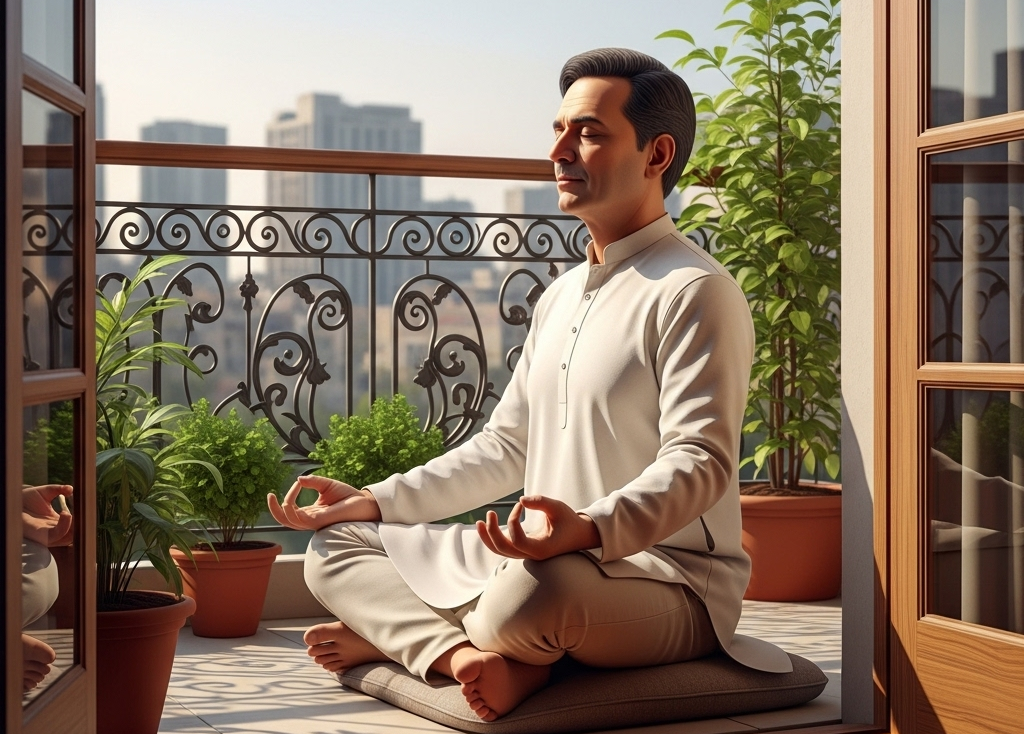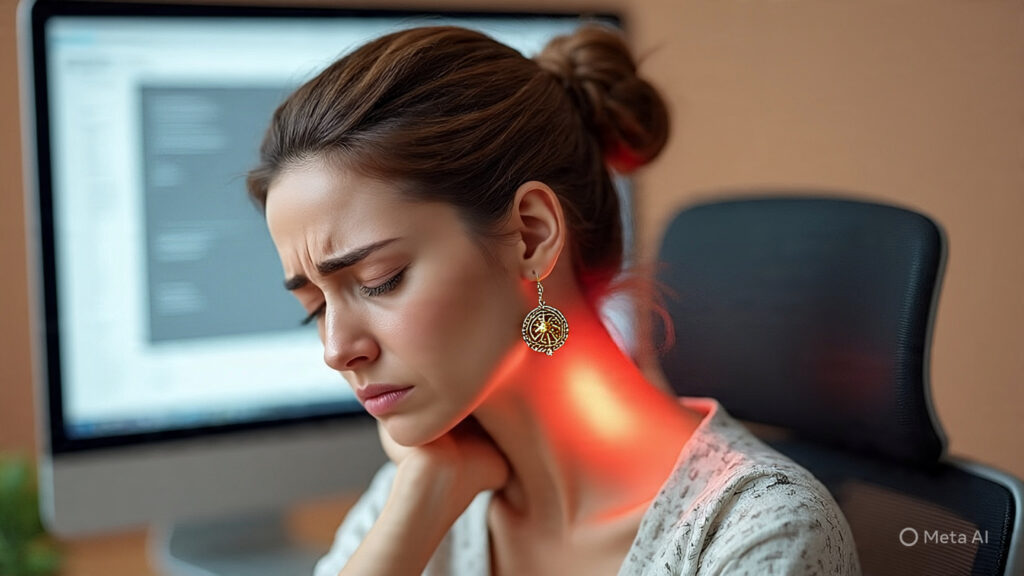Yoga therapy is an easy-to-use tool for a healthy life.
The earlier article on yoga therapy highlighted the importance of equilibrium or homeostasis for health and the role yoga therapy practice can play to keep you healthy! The great thing about yoga therapy practice is that;
- It is easy to do, you can practice it even when you get old or recovering from illness.
- Yoga therapy integrates seamlessly into your life, so lifestyle changes required are minimum.
- You don’t need to spend big money on equipment. All you need is a mat! Therefore, yoga therapy practice is universal in capability.
- Yoga therapy is an open system. Once you learn the basics, you can develop it in any direction you wish.
- Yoga is a value system, means it will only add value to your life and its benefits are dependent only on your efforts.
So, yoga therapy is “small investment, large return” tool which the ancient masters of Bhārat presented free to mankind.
Therapy practice – āsana or postures
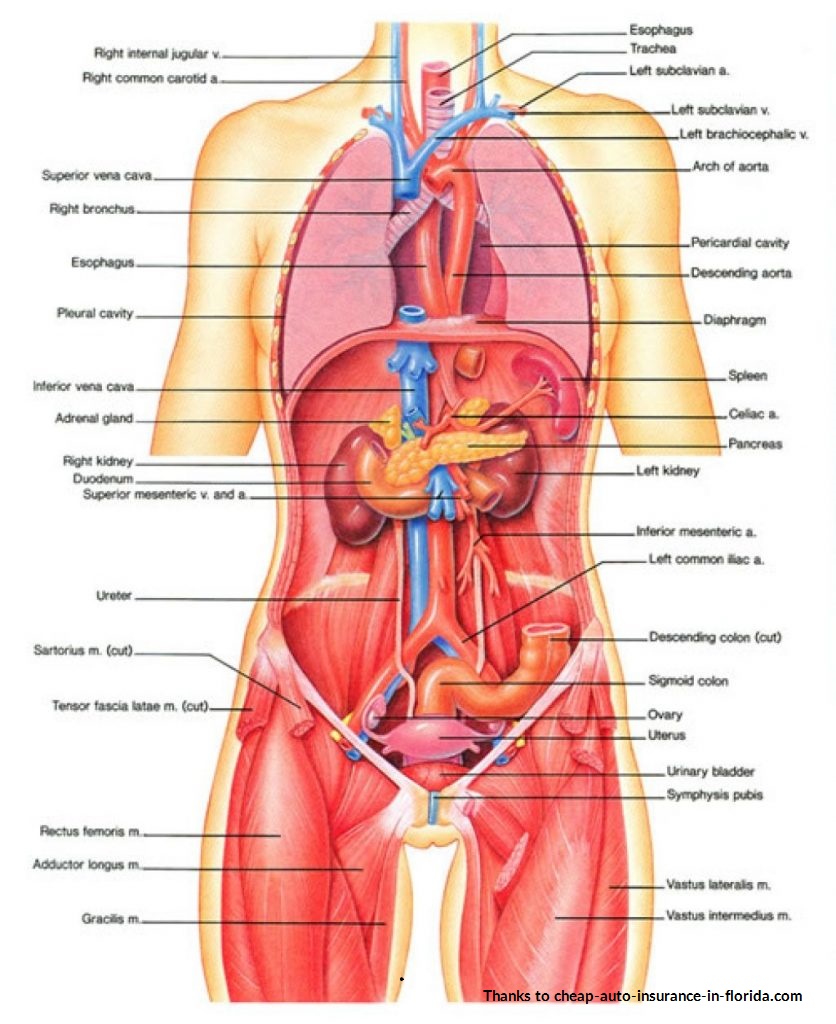
With Yoga becoming popular around the world, many yoga centers have mushroomed around the world. So, the good news is that learning yoga is no longer a difficult process.
Since information and teachers are universally available, all you need to do is practice exercises (āsana) that every part of the body. Therefore, once you learn the correct set of asanas, then all you need to do is ensure that you do them correctly and regularly.
Many schools recommend various sets and routines of āsana. Also, various ancient texts recommend different routines. This can easily confuse the aspiring practitioner.
In around 1921, Yogacharya Sundaram developed a set of āsana routines, which when coupled with diet and meditation supports rejuvenation from illness and post illness recovery. This was the first attempt by any person to systematise yoga therapy and the principles have not changed.
Additionally, Sundaram detailed his views on Yoga Therapy, first in his Tamil book “Yoga Sigicchai” in 1952. Subsequently, this book was translated it into English in 2004 as Sundaram’s Yogic Therapy. Sundaram’s work was the result of over 20 years of research into the application of āsana for freedom from disease in an era when doctors were hard to find and the modern diagnostics was not available.
Āsana as a tool for yoga therapy.
The classical definition from Patanjali’s yoga-sūtra (2.46) of āsana is स्थिरसुखमासनम् ॥४६॥ or sthira-sukham-asanam.
The rough translation of this Sanskrit text is, sthira (static or stable) + sukham (comfortable or pleasant) + āsanam (posture). Āsana therefore needs to comply with the following rules;
- It should be static, not vigorous or dynamic.
- It should be easy to perform and not stressful.
- Is should be at one place, with minimal movement.
- Yogacharya Sundaram introduced a breathing routine. This increases quality of air intake and awareness (prajñā).
Therefore, āsana is a static exercise where the body movement is minimal and the focus is on holding the pose to maximise impact and movement of prāṇa in a specific areas of the body. This requirement will result in the practitioner of yoga therapy remaining close to the state of homeostasis, which is a condition of the body remaining in balance and equilibrium. This is what make yoga therapy a universal tool for maintaining and reclaiming health at any age or condition.
Āsana is supported by kriya and bandha.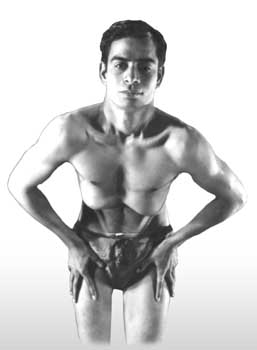
Kriya (dynamic exercises): Exercises which increase flexibility of the body. Sūryanamaskāra and nauli falls into this classification.
Bandha (holding position): This exercise is far more complex than the above two types and focuses on smooth flow of prāṇa in and around that area of focus. Uḍḍīyana falls into this classification.
School of Yoga – note to the reader on therapy practice.
Use of Sanskrit words – there is always a desire to make approximations to make the subject more appealing and less forbidding. However, that has been avoided in this site. The reason is that translations are at best approximations which may not present the truth to the reader. However, availability of both, the classical Sanskrit word and its translation will allow the reader to come to an informed judgement. This might make the page slightly heavy for reading, but one could skip the Sanskrit word and move to the translation.
Many teachers get started with warm up āsana and beginner āsanas. Yogacharya Sundaram never really did that. In fact, he got people started on the below mentioned āsana sequence as soon as he could get them to flex. This is the right approach because, by definition āsanas are static position and the warm up aspect is already embedded in them.
The most appropriate set of āsana and their sequence have been detailed below.
School of Yoga āsana practice recommendations.
- The āsana sequence given below cover every aspect of human physiology, therefore most normal ailments.
- The āsana sequence can be mixed and matched to cover specific requirements of any ailment.
- For normal, healthy people, it is recommended that one perform as many of these āsana as possible for a healthy life.
- Āsana should be coupled with prāṇāyāma and meditation or dhyāna for maximum benefit.
- The detailed instructions are given in the links to the āsana.
The recommended therapy practice exercise sequence is,
|
Sl. No. |
Āsana (click on the āsana for detailed process) |
Meaning / Translation |
| 1 | Padmāsana | Lotus Pose |
Reverse bending āsana (click on the āsana for detailed process) |
||
| 2 | Bhujaṃgāsana | Cobra Pose |
| 3 | Shalabhāsana | Locust Pose |
| 4 | Dhanurāsana | Bow Pose |
Forward bending āsana for upper and lower abdomen (click on the āsana for detailed process) |
||
| 5 | Pavanamuktāsana | Air relieving pose |
| 6 | Paschimotanāsana | Torso stretch pose |
| 7 | Halāsana | Plough pose |
| 8 | Mayurāsana | Peacock pose |
Upper region āsana – focus on neck, shoulders, lungs and head (click on the āsana for detailed process) |
||
| 9 | Sarvāngāsana | Pan-body pose |
| 10 | Matsyāsana | Fish pose |
| 11 | Śirasāsana | Head stand |
| 12 | Sundara-viparītakaraṇi | Inverted triangle pose |
Abdominal āsana (click on the āsana for detailed process) |
||
| 13 | Arda-matsyendrāsana | Half fish middle pose |
| 14 | Yoga-mudra | Yoga seal |
| 15 | Uḍḍīyana-bandhā | Abdominal suction |
Standing āsanas (click on the āsana for detailed process) |
||
| 16 | Pādahastāsana | Hand to toe pose |
| 17 | Trikonāsana | Triangle pose |
| 18 | Vīrabhadrāsana | Gracious warrior pose |
Body reset āsana (click on the āsana for detailed process) |
||
| 19 | Śavāsana | Corpse pose |
This should be followed by sūryanamaskāra-kriya (click on the āsana for detailed process).
Prāṇāyāma – Daily practice recommendations
While there are many pranayama techniques such as sama-vritti (even breathing), visama-vritti (uneven breathing), śītalī (tongue curled between the lips), śītkārin (tongue curled between the teeth), udgīta (prāṇāyāma with chanting) etc.
However, a prāṇāyāma cycle comprising the following schedule is adequate to meet daily requirements;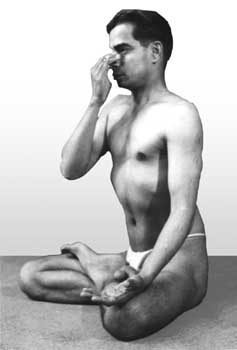
|
Prāṇāyāma |
Cycles |
Benefits |
| Nāḍī-śuddhi with kumbhaka | 5-20 | Overall lung functioning, balancing of left/ right brain, balancing of ida & pingala nadis |
| Bhastrikā | 5-10 | Increases lung capacity, transfer capacity, activates dead alveoli, increases lung elasticity and strengthens diaphragm. |
| Kapālabhātī | 20-50 | Increases volumetric efficiency of the lungs, strengthens the trachea and all pulmonary vessels. Strengthens the abdominal walls. |
| Ujjeyī | 5-20 | Improves the autonomous nervous system, the heart, clears ears and sinuses. |
| Bhramarī | 5-10 | Opens the nasal passages, clears all the sinuses, removes mucous. |
| Nāḍī-śuddhi | 5 | Close with nāḍī-śuddhi to reset the system |
Additionally, it is important to practice prāṇāyāma on an empty stomach and in a clean room with the windows open. Prāṇāyāma, when done after āsana, increases the effectiveness of prāṇāyāma as the entire body has made optimized.
Lastly, don’t forget to keep your weight in the correct range and get adequate sleep.
Practice of meditation or dhyāna
There are many techniques in meditation, but the simplest of all requires the following steps to be followed;
- Sit comfortably.
- Let your body relax from head to toe.
- Become aware of your breathing.
- Observe your breath at any one place along the path of the breath.
- Be still. Stop resisting.
- Seek the silence which occurs between in & out or out and in.
- Stay in the silence.
- Allow the consciousness (citta) to drift and keep bringing it back to the silence slowly. This will take effort.
Conclusion of therapy practice
To summarise, staying healthy is easy. All it requires is altering some aspects of one’s lifestyle. Though the steps sound easy, but bringing habits under control will require effort. Over time, there will be success.
